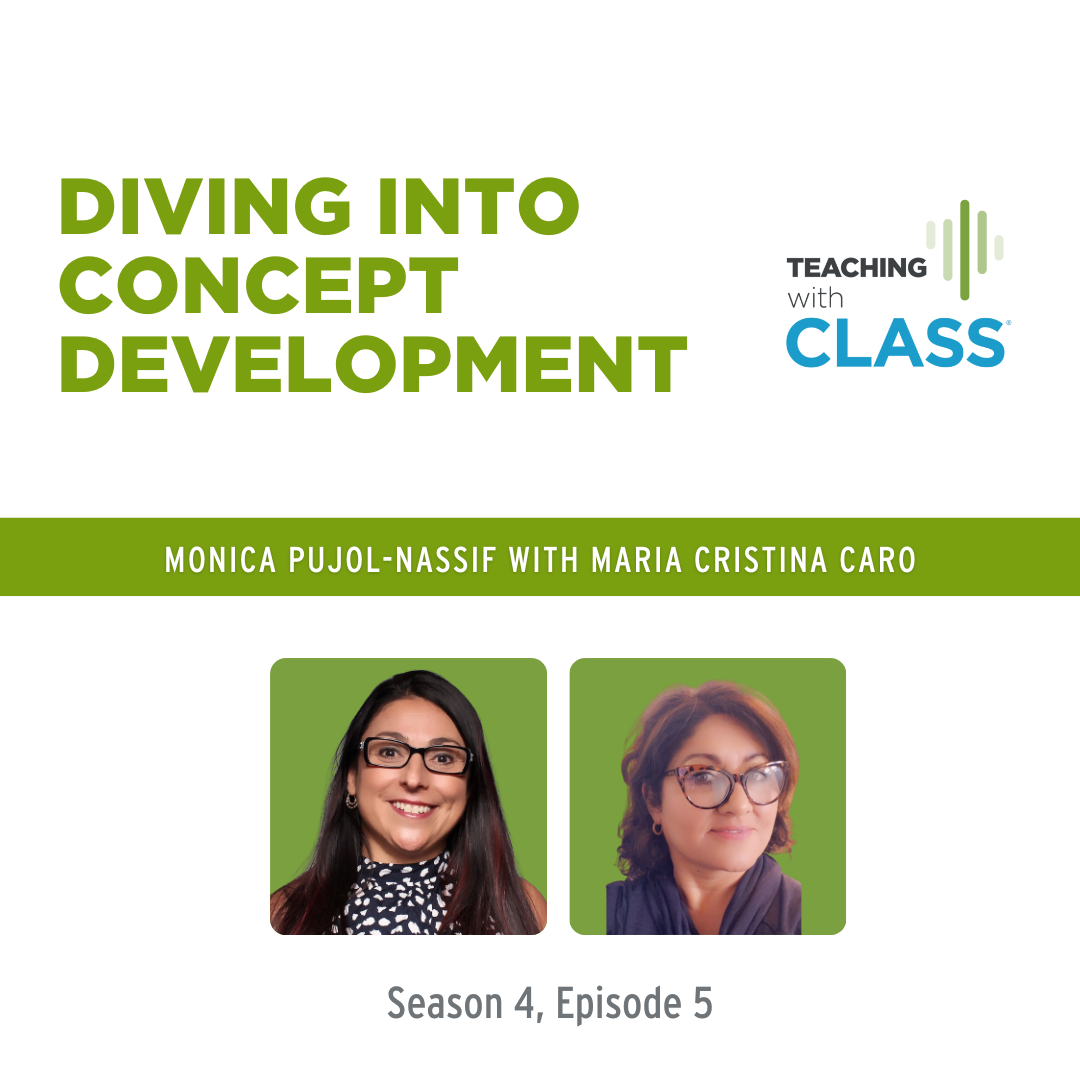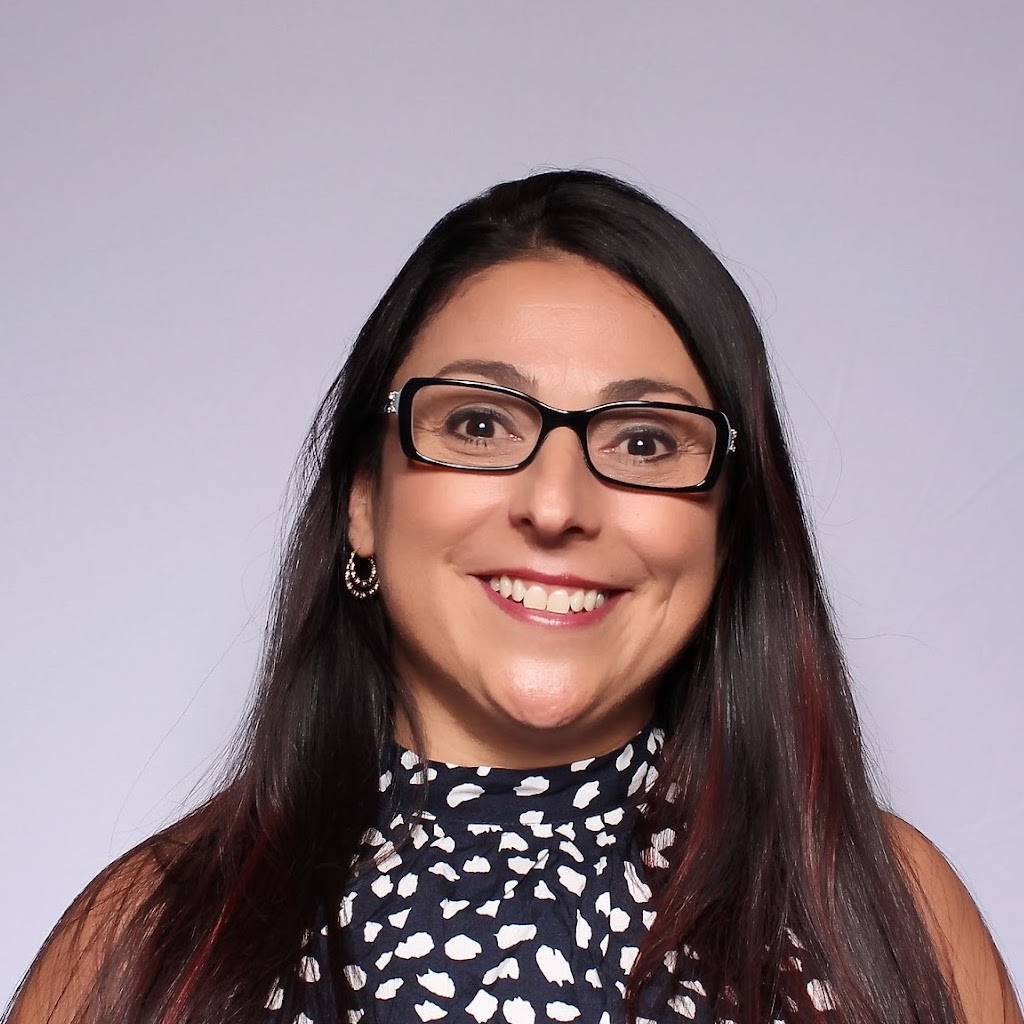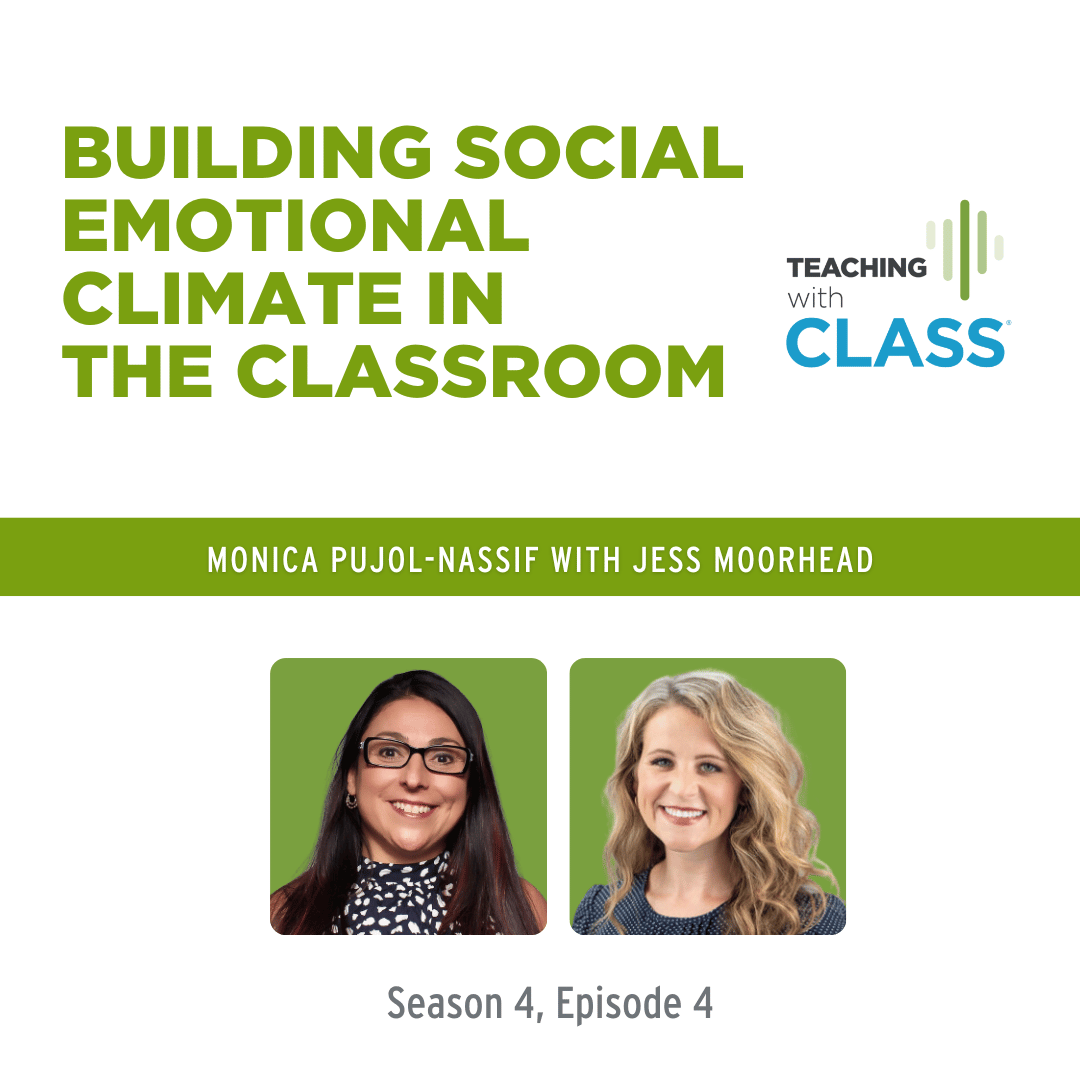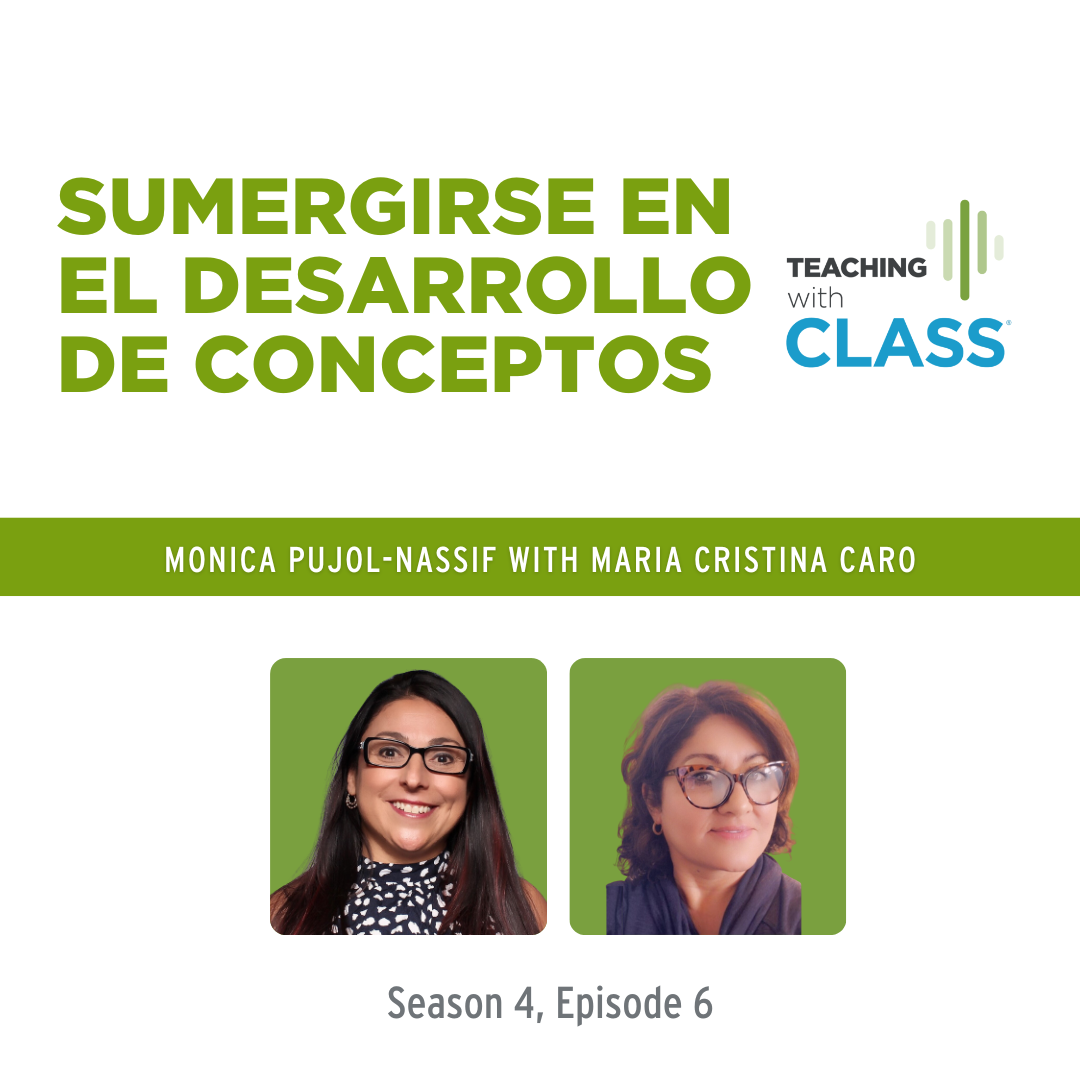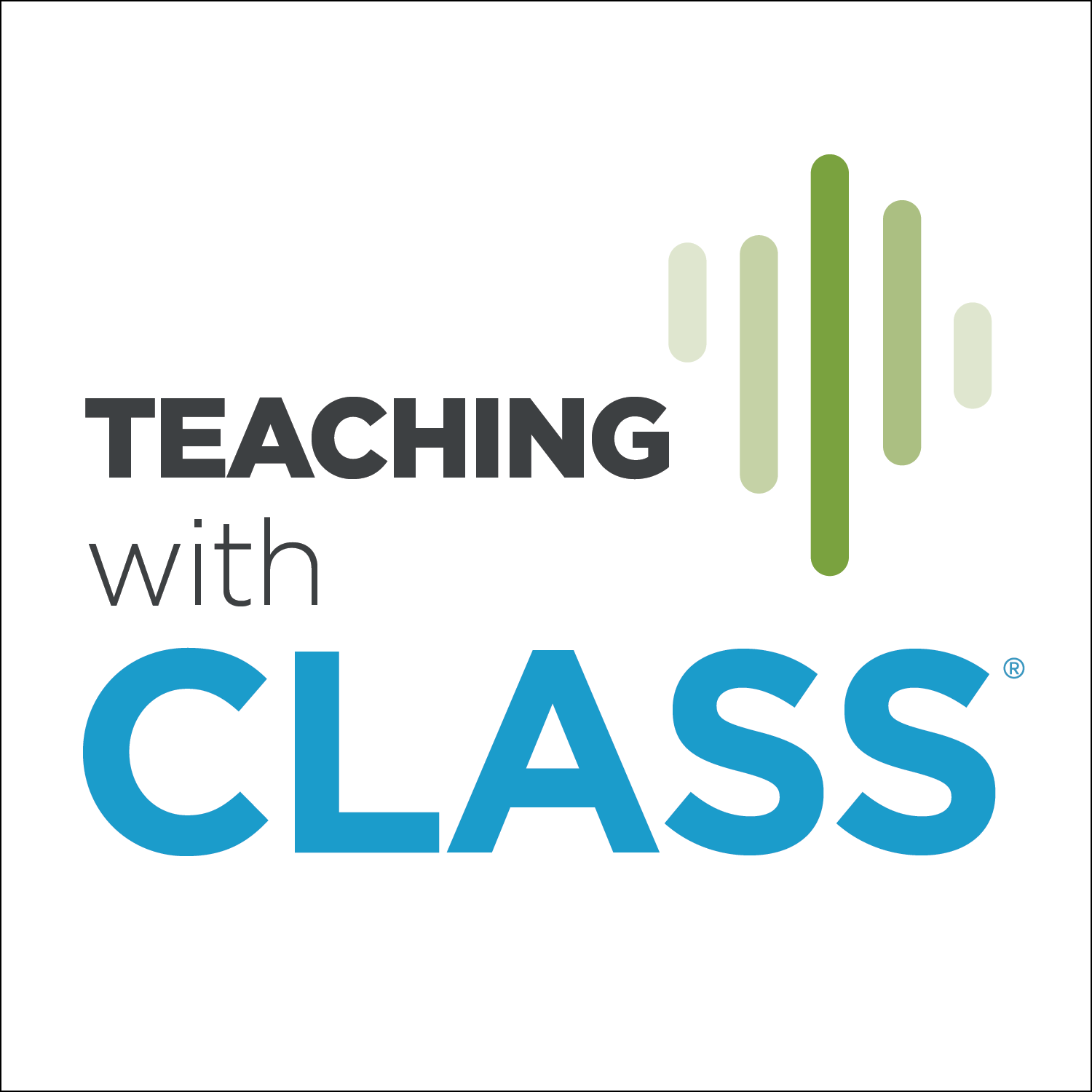Episode Transcript
Monica: Hello, beautiful people. Thank you for joining us in this new episode of Teaching with CLASS. Today, we are talking about diving into concept development with my very good and dear friend, Maria Cristina Caro, who is here with us ready to share her expertise in early childhood education and CLASS. I want to give her a couple of minutes to introduce herself to us. Maria Cristina, welcome.
Maria Cristina: Hi, thank you. Hi, Monica. How are you? I am very excited and honored to be here. Thank you for inviting me. Every time I see your name, I get excited. I'm like, yes, we're going to do something together. Doing projects together is awesome.
I have been working in this field, this profession of early childhood education since maybe the 1980s. I love what I do. I facilitate trainings. Now, I'm a CLASS consultant for Teachstone. I facilitate trainings for them.
I also conduct class observations for coalitions in Florida. I'm also a federal reviewer for the [...] Head Start. I also have my own company. Also, I do a lot.
Everything I do is related to CLASS. This is a tool that I believe in, and I want to stay doing this for the rest of my life. That's how passionate I am about the CLASS tool. I love everybody at Teachstone.
Monica: We even have that in common. We breathe through CLASS.
Maria Cristina: I agree.
Monica: Maria Cristina is so kind to be with us today to respond to a request from the CLASS learning community to talk about concept developments. How fascinating, not surprising because that's the way Maria Cristina is. She has this amazing analogy of concept development. I'm going to open up the mic for her to explain this analogy that you will take with you, and never forget what concept development is about.
Maria Cristina: Awesome. Thank you, Monica. This is an analogy that I use when I'm facilitating trainings. I'm trying to figure out, did I come up with this, or did I hear it? I'm not sure, but I'm just going to take on a sheet right now.
When I'm explaining to educators what concept development is, I let them know that concept development is not about teaching children to memorize concepts or facts. I was talking to Monica in-between recordings about this. For the most part, sometimes we as educators, were brought out in a place where they told us what to say, told us what to do. We didn't have opportunities to question why and how.
For example, when I was learning the numbers, I needed to memorize them all the way to a hundred. It was a hard job, but I did it. Sometimes when I'm observing classrooms, I see that most of the time, we spend a lot of time helping children memorize the numbers, the shapes, and things like that.
Going back to the analogy, anybody can go swimming, I was telling Monica earlier. But when we want to implement concept development in our classroom, we need to prepare to go scuba diving. If I want to go scuba diving today, guess what, I can't. Why not?
I can go swimming. I'm not in Miami, but if I were in Miami right now, I could go swimming. I have a bathing suit, a towel, a chair, a little cooler, and lotions on the back of my car. I can go swimming at any time.
Anybody that likes swimming can go swimming. It's very easy. You go find a pool, find a beach, and you go. I live in Miami. I live 15 minutes from the beach, so I'm set.
But when we need to go scuba diving, if I wanted to go scuba diving today or tomorrow, guess what? I couldn't because for scuba diving, I need to plan. There are a lot of steps.
I need to first take a class because I don't even know how to hold my breath on the water. I don't know how to use an oxygen tank. I don't have the equipment, so I will have to rent it, buy it, I'm not sure. Then I will have to pass a test and get a certification in Florida, and then I need to find somebody with a boat to take me.
Hopefully, that person knows where to take me so I can have a successful scuba diving experience because it has to be deep. I cannot go in shallow water. You see how much I will need to go scuba diving. I need a lot of time planning. Same thing for concept development.
The way I explain concept development if we need to go scuba diving with children. How do we do that? If we’re teaching numbers, for example, yes, it's awesome that they learned the numbers from 1–100. But do they know why they're learning the numbers?
Have you ever asked your child, your children, or your students, why do you think we're learning numbers? Why is it important to learn numbers? What do we do with the numbers in our day to day life? What would happen if we didn't know numbers?
We use numbers to put everything if you think about it to identify buildings. We all have different addresses. Imagine if we all have Monica's address. What will happen? We will all live together, and I don't think Monica will like that. There are too many people.
We all have the numbers to identify as a social security, a passport is different. We want to know the time. I know it's 4:22 because I know how to recognize and read the numbers. That's what I call going scuba diving.
Do children really know why they're learning the letters, the shapes, the colors? Do they know how to apply it in their day to day? Do they know how they're going to use it? Or are we just teaching them to memorize them?
As I mentioned earlier, anybody can memorize things. I used to memorize entire books. Nobody knew I didn't know how to read until I was seven years old, I think. I will look at the picture, and I will memorize whatever the teacher was saying.
One day, they cut me because my book was upside down. I saw the picture and I knew exactly what was going on. I can learn things by memory, but do I know why I'm doing what I'm doing? That is taking the children to scuba diving. That is the analogy that I use, taking deep, asking them why and how they're going to use it.
Monica: I absolutely love that analogy, taking your children to scuba diving. Let's go back to concept development and walk us through the framework of CLASS. You can do that scuba diving with them.
First, what is concept development? Following Cristina's share-out, why is it important? For concept development, we want to keep two things in mind. One that is intentional is what Maria Cristina was saying, being prepared, knowing, understanding, learning, and all those steps. It was intentionally planned by you, teachers of the world.
The second piece is, what you're planning is to help them use what we call high order thinking skills. We want them to be able to reason and analyze the why of things. We want them to be able to problem solve and evaluate what they're doing. Trial and error is part of what we want to do on the concept development. We want them to be able to create, to come up with their own ideas, whether they are tangible or they are spoken like a story. They can make up a story.
Whatever we're doing on the concept development, Maria Cristina said, memory is important. Memory is the foundation of foundation. We want to go beyond memorization. That's why we have these very specific indicators that helped in your interactions. They help you develop those cognitive skills.
The indicators are analysis and reasoning, creating in the new edition is creativity, integration, and connections to the real world or connections to everyday life in the new edition. Through those indicators, planning purposely. What is it that you're going to ask children? What activity will you facilitate and guide with children so that they can challenge the brain and go to the next level of cognition?
Baby steps, little by little, indicator by indicator. Thinking always, what am I doing? What are they learning? How are they going to be able to use this skill, this conversation, or this practice in their everyday life? That's what we do. We learn things to use in our lives.
Maria Cristina is taking us through one thing that she's choosing, taking us through the indicators. It can be anything. Anything that comes to mind can be developed into concept development. Maria Cristina, share with us any topic that you want to talk about. How can we go indicator by indicator to help children think?
Maria Cristina: Awesome. I will do that in a second. Also, I wanted to point this out. I see this when I'm observing classrooms. Concept development doesn't need to just happen during circle time. It can happen at any time of the day.
As soon as you see the child or the student, how are you today? How are you feeling? He or she says happy, why? Why are you happy? Tell me more. I can take them scuba diving right there. Tell me more.
How does it feel to be happy? What happens to our face when we're happy? What happens to our tummy? When I'm happy, I feel butterflies. I still feel those. I know I'm old. I don't know if it's ever going to go away, but I don't want it to go away. When I'm still really happy, I feel excited, I feel those butterflies.
For example, last time when I saw people from Teachstone at the InterAct, I met Allison in person and other wonderful people there, and I'm so excited. I was excited. We can talk to children about how it feels. How do they know they feel that way? What time of the day do you feel this way? What makes us feel excited and happy, for example?
What are some of the things? Birthday parties. Every child wants to talk about their birthday party, the cake, and the things that they're going to have. I want to choose water, Monica, so I can walk you through the analysis, reasoning, creating, integration, and connecting to the real world.
Why water? Because water is important. It's important that we learn to drink more of it. A lot of us need to drink a lot of more water, and sometimes we forget. My excuse is that, oh, I didn't buy filters. When I'm in Miami. I forget to buy bottled water, sometimes I don't drink. But it's easy to drink water in Miami because it's usually hot.
Everybody's going to look for their water bottle now. Do you have one? Drink a lot of water. It's important to hydrate yourself. I can present that to the children and say, does anybody know what being hydrated means? What does it mean? Does anybody know? Why is it important?
We also have an opportunity for advanced language there explaining to children how important water is. Why is it important to use water? How do we use water? What time of the day do you use the water? What do we do with water?
We can do what? We usually use water when we want to take a bath. Talking about going scuba diving, we need water to go scuba diving. Creating encourages the children to think about, what are the other things that we can do with water? What animals do live in water?
Think about the water that we use every day. We can ask the children, remember last week when we were watering our little bean, what do you think will happen if we didn't have any water? What will happen? Think about it for a second. What will happen to the bean, to the plants, to the earth if we don't have any water?
We can make connections to the rain. If we want to make connections to how they use the water, we also can connect it to the rain, to the water for going swimming, and things like that. Relate it to the students. Ask them, do you like to take baths? Bubble baths are my favorite.
I haven't taken one for a while because I have been a little bit busy. But when my kids were little, I remember I used to have a bubble bath especially with my daughter. We did so many bubble baths. I think she's bubbled out because it was a bubble bath every afternoon.
It was almost like a ritual, and we got to talk about what happened. How was your day? Tell me something happy that happened, and she will tell me, I did this and this. Tell me something sad, and she will say something, oh, a little boy was crying. In that way, I initiated those conversations with her.
We can connect it. We don't know where the conversation might go. The children or students may say, I take a bath with my mom or with my brother, or we take bubble baths, or we go outside and take showers. I have a shower outside. Have you ever heard that? A lot of people in Florida have showers outside. They have a shower, they go in the pool, and they come back, they shower, and they go back into the house. Imagine where this topic can go.
I told Monica earlier, I can be here the whole entire day talking to you about water and the questions that we can ask children. We can compare water. Why do we see waters with colors? Some of the oceans, the water looks green, and some of the other oceans, the water looks bluish. What color is the water? How do we know?
How can we color water? We can go to another. We can buy food coloring. Do you know that in Chicago, for St. Patrick's Day, they color the entire river, they color it green?
My daughter and I had the opportunity to be there a couple of times because her favorite city is Chicago. The first time I saw it, I was like, oh, really? How do they do it? How do they pour all the green in there? It took me a while to realize how they did it. [...] talking about water and concept development.
Monica: Thank you, Maria Cristina. There is a topic of water, a planned indicator, practice with the children. She said, it can take any direction based on what the children are answering.
I'm going to give you just a hint of the next dimension because if you plan an activity intentionally, and then the children start talking about maybe you wanted to talk about rivers and the ocean, and then they start talking about animals who live in the river and the ocean. You go that way. She goes from concept development to quality of feedback.
Don't be afraid of the questions or answers from your children. Just be alive. Be prepared thinking of your objective, how you can go that way, because it is their motivation to talk.
They saw a dolphin because you can swim with dolphins in Miami, and then you start talking about that. At the level of cognition, they're learning something. That is the point of concept development and quality of feedback, learning and understanding.
There you have one specific topic, specific activities, specific questions. Always important, Maria Cristina, can you share with us, how can you support children from different cultures, or children with disabilities, or children who speak more than one language on the concept development, making sure that they also have that opportunity to develop their mind?
Maria Cristina: The moment that we implement concept development with children in our classroom, we're exposing everybody to that interaction. They're going to be part of it. I was mentioning to you earlier, using visuals is helpful. If we're talking about drinking water, we can show them pictures of somebody drinking water. Are we talking about oceans? Are we talking about different things?
One thing that is important to do with children that have special needs is pay attention. Observe them. See what they're looking at, what the focus is. Are they looking at the roof? Like I was mentioning to you earlier, I conducted an observation, and there was a child in a wheelchair. He was nonverbal, and the teacher was so effective, the child was placed by the window because he loved to stare out the window.
The teacher will ask questions to him. What are you looking at over there? Why do you like the window so much? At some moment, she opened the window and said, I'm going to open the window so that way, you can smell the air from outside. Paying attention to what they like. They're going to tell you with their body, with their behaviors of you know what, this is what they like and what they're interested in.
We can take them scuba diving with us for sure. We shouldn't leave them at home. We should include them in everything that we do. That's what I wanted to say. I apologize for that many here.
For children that are learning more than one language, we want to make sure that we have the language represented and also take some time to learn a few words, why and how in their native language so we can also start prompting the thought processes, asking them those questions, and then showing them pictures. It's important for us to include every child in our classroom, and some children may need extra support. We want to provide a one-on-one whenever they need us more.
Monica: Thank you, Maria Cristina, that individualization inclusion, definitely. Maria Cristina and I are no longer in the classroom, but we are teachers. That's what we chose to be in life. You're observers. You're consistently observing your children. You're the experts of your children, so make sure that you identify those cues, to be able to provide this very effective concept development interactions with them.
With this, we get to the end of our episode of concept development, leaving it up in the air, quality of feedback. We're going to plan on bringing new strategies. Also, I mentioned that we can request it. For now, I want to thank my dear friend, Maria Cristina, for taking the time from your vacation to be with us today, to share with the teachers the strategies so that they can become more effective in concept development.
I love you so much, and I hope to have you again. I want to also thank all of you, teachers, architects of the brain, architects of the brain of children, for sharing your love and your wisdom with the children of the world, and for being here to [...] of others. I will see you next time. Bye-bye.
